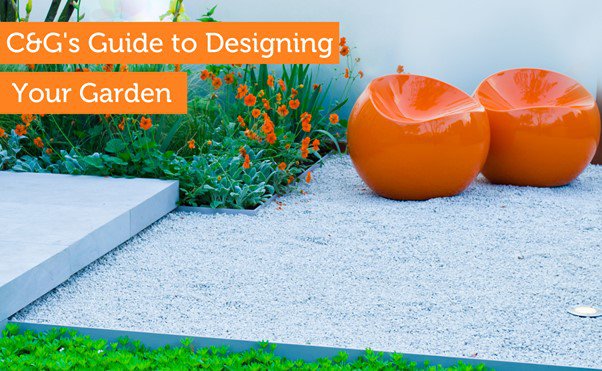C&G’s Guide to Designing Your Garden
Whether you’re a seasonal green thumb or trying it out for the first time, gardening can be lots of fun and therapeutic. However, when you’re posed with redesigning your entire garden, it’s natural to feel a little overwhelmed. In this C&G blog, we share some landscaping design tips to help you create a picture perfect garden.
Decide on your purpose
Depending on their lifestyle, everyone will have different needs for their outdoor space. Do you want space for your kids to play? Maybe you enjoy entertaining and want to include an outdoor BBQ area. Live somewhere hot? A pool might be in order! Whatever it is, you need to be clear on your garden’s purpose before you begin the design process.
Sketch it out
To begin the design process, draw some very rough sketches of your garden with thoughts on where you want to place things - this is a great organising principle for beginners. These don’t have to be masterpieces, simply a few shapes and guidelines to help you achieve placement and flow. Make sure to include essential features such as taps, sheds or water tanks, especially when they often have to adapt to a fixed position.
Know your property
Which part of your garden gets the most light in the afternoon? Is that tree deciduous? Are there drainage issues that dampen the soil in a particular area? These are all important questions you’ll need to know before beginning the design process.
Plants and trees should be planted in areas that suit their specific needs to thrive, such as a spot that receives plenty of natural light and rain. On the other hand, your functional items should be positioned somewhere that allows easy access. There’s no point having an outdoor dining set in the middle of an unsheltered lawn for example, especially if you live in an area with constant rainfall.
Create unity
Unity is the concept of everything working together, and is commonly referenced in garden design. Unity can be achieved by implementing connections such as paths, walkways, stairs and fences to physically link areas and sections of your garden.
Repetition can also be helpful when creating unity, as it establishes a sense of harmony, and can be achieved by placing plants in an evenly spaced line for example. Just be mindful not to overdo it and try to add some variation or a focal point for interest.
Establish a focal point
All great gardens will encompass an interest or focal point. This is a part of your garden that is eye catching, and is a relatively simple principle for gardening beginners to achieve. Fountains, statues, a relatively stunning plant – these can all act as effective focal points with the rest of your garden designed around it.
